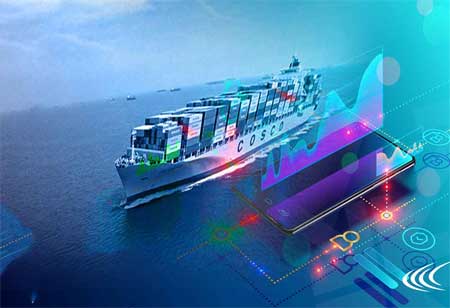THANK YOU FOR SUBSCRIBING
THANK YOU FOR SUBSCRIBING

By
Logistics Transportation Review | Thursday, October 20, 2022
Stay ahead of the industry with exclusive feature stories on the top companies, expert insights and the latest news delivered straight to your inbox. Subscribe today.
Transportation agencies are offering on-demand services, more riders, and more platform innovation.
FREMONT, CA: Transportation systems remain vital. Americans use buses, trains, and cars to commute to work, buy essentials, and care for their families. The pandemic gave the transportation industry new difficulties and opportunities for innovation. Technology has improved automobiles, transit, rider experiences, and pollution. Innovators must ensure that autonomous vehicles (AV), electric vehicles (EV), on-demand services, and smart city integrations enable improved transportation systems to advance the industry and communities.
Consumers want on-demand solutions: During the pandemic, Americans avoided packed automobiles out of health and safety concerns, which hurt the transportation business. These anxieties drove many to single-occupancy vehicles or appointment-based transportation services to limit vehicle occupancy and improve reliability. Ride-hail services are making a comeback and adding value to public transportation. On-demand technology is helping microtransit shuttles and buses meet users' health and safety needs while improving timeliness and efficiency.
Cleaner, greener vehicles: Transit emissions caused the most climate change, despite mobility drops. Americans want change. Nearly 1.8 million EVs were registered in the U.S. in 2020, treble the 2016 number. EVs have benefits beyond personal use, and customers want sustainable public transit. EV companies, transit agencies, and city officials must collaborate to make EV technology available. It includes installing universal charging stations and redeveloping city infrastructure for electric fleets. The new infrastructure law will fund sustainable transportation, making 2022 a landmark year for electrifying buses, trains, and micromobility services like e-scooters and e-bikes.
Micromobility fills transportation gaps: Micromobility is essential to resilient transportation. It removes social and geographic barriers to inexpensive transportation for all Americans. Micromobility increased dramatically in many places when the epidemic reduced public transit attendance. Many Americans discovered that smaller, personal-use vehicles like bikes and scooters could fill gaps in their commutes, making travel more seamless and efficient. Micromobility improves commutes and makes communities safer. Micromobility firms and IT providers use smart safety features like sidewalk detection and speed monitoring to make roads safer. Micromobility services and technology will disrupt transportation in 2022 as multimodal transportation increases.
I agree We use cookies on this website to enhance your user experience. By clicking any link on this page you are giving your consent for us to set cookies. More info





